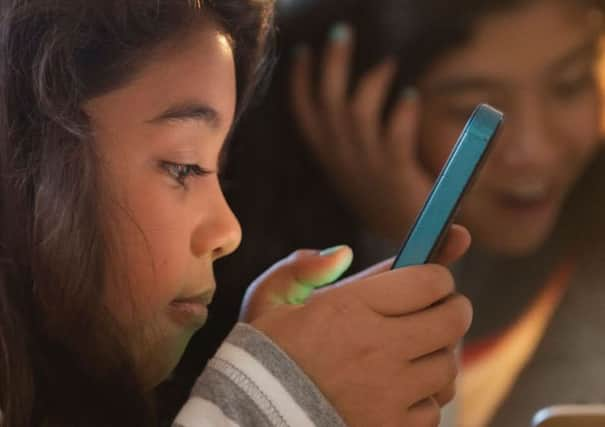Best ways to legitimately keep tabs on someone’s location


However, when used to your own ends, the satellite positioning technology built into your handset could be a lifesaver.
Those with responsibility for children, grandchildren or older family members can benefit from a raft of functions available on most modern handsets. You can trace someone’s location, either now or over a period of time, and share your own whereabouts with others to help them find you easily. You can also restrict the amount of time that the youngsters in your family spend looking at their screens, and control which apps they are allowed to download.
Advertisement
Hide AdAdvertisement
Hide AdBoth Android and iPhones now come with built-in spyware, although that’s not what they call it. Friendly names like Google Family Link and Apple Screen Time have been devised to emphasise the positive aspects of the software, which are considerable.
Family Link, which works on any phone running Android version 7 and upwards, and some older ones, is perhaps the most accomplished app currently available, allowing you to see someone’s location while at the same time controlling other settings on their phone.
For this to work, both parties must install a version of the app and link their accounts. Google may have an ulterior motive here, because it can use the software to recommend other apps of its choosing – possibly those in which it has a financial interest – which it deems to be safe. It also lets parents create Google accounts for children who might otherwise be too young to do so.
The system is protected from unwanted use by third parties but it’s not foolproof, since the person being tracked can defeat it by turning their phone off or not taking it with them. But since children are unlikely to want to do either, it’s a good bet.
Advertisement
Hide AdAdvertisement
Hide AdIt isn’t the only GPS tracker to work in this way. An app called Find My Kids, available for Apple and Android phones, also does a comprehensive job, but you have to pay around £3 a month, or a one-off fee of around £25, to activate it.
As a fallback solution, Apple and Android devices include an option to find someone’s phone by entering some details into a web browser on a computer or another handset. These tools are designed mainly for locating a phone that has been misplaced, but they can also be useful in other circumstances, though not discretely since the target device will display a message whenever it is being tracked.
For more casual location sharing, you need download nothing, since it is now possible to send your real-time position to anyone else from within Google Maps. The principle here is different, since the process is instigated by the person being tracked, but it is no less useful.
To activate it, you need simply tap the blue dot that shows your current position, and choose the option to “share location”. You can then select who can see if and for how long. If you’re on a trip, you can leave it on for the duration. It’s an easier way of letting someone know what time you’ll arrive than phoning them whenever the traffic lights change – and as a bonus, a second option lets you save your current position as your parking location, and save it for later.
It is the technology of 1984 to be sure, but it’s not nearly as malevolent when Big Brother turns out to be you.